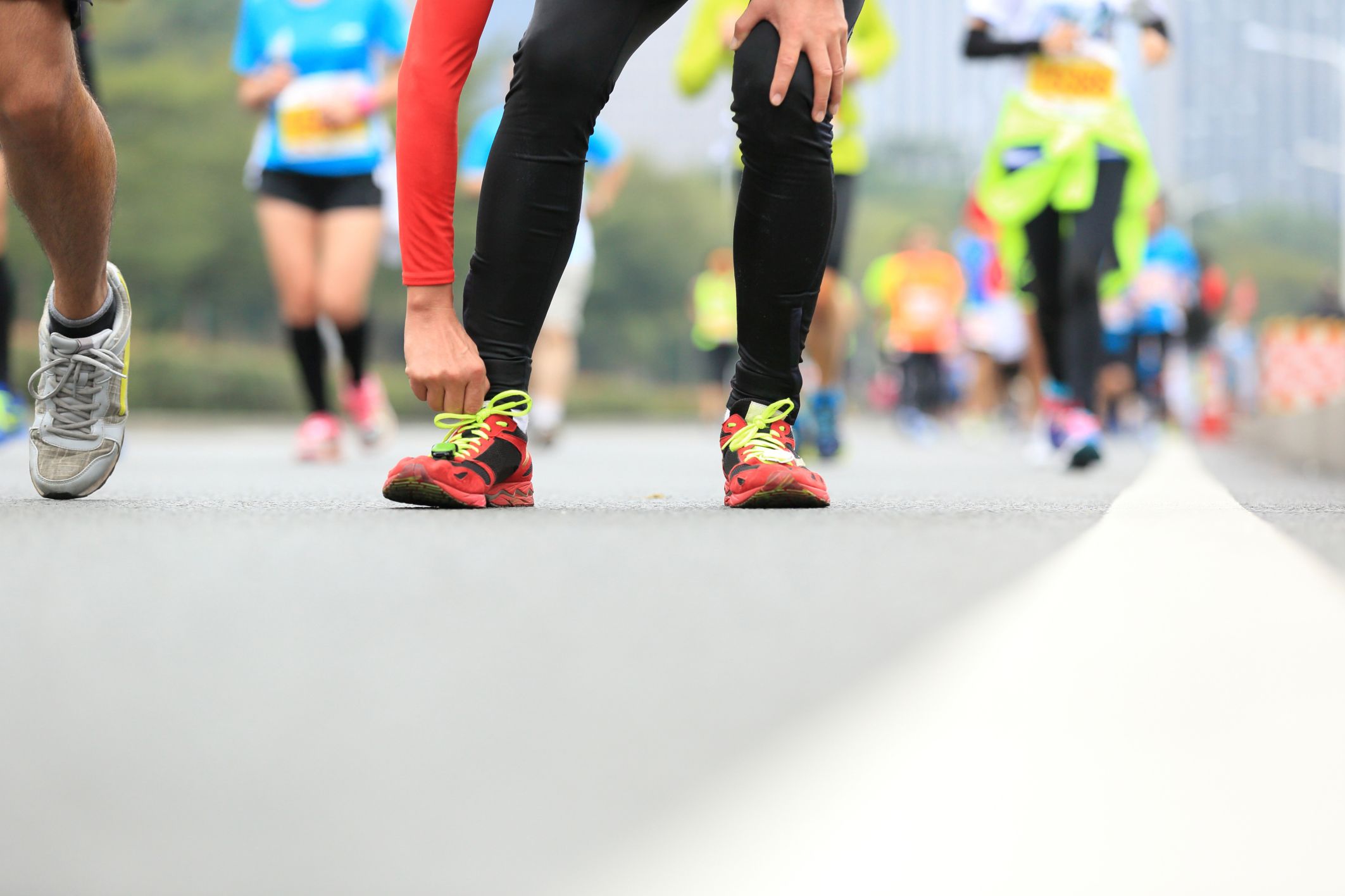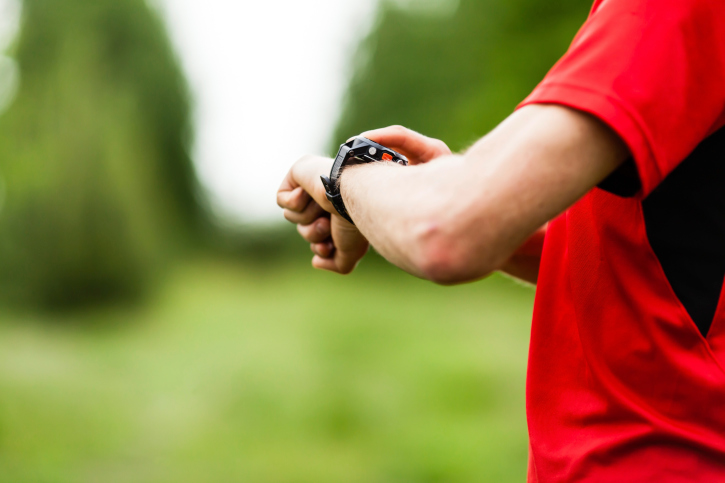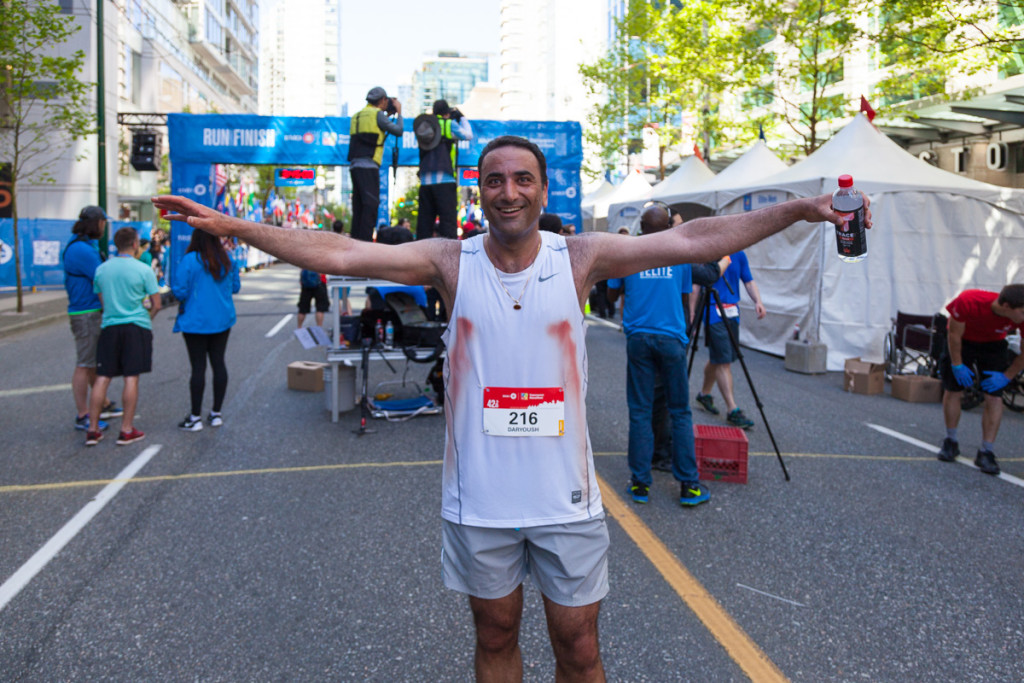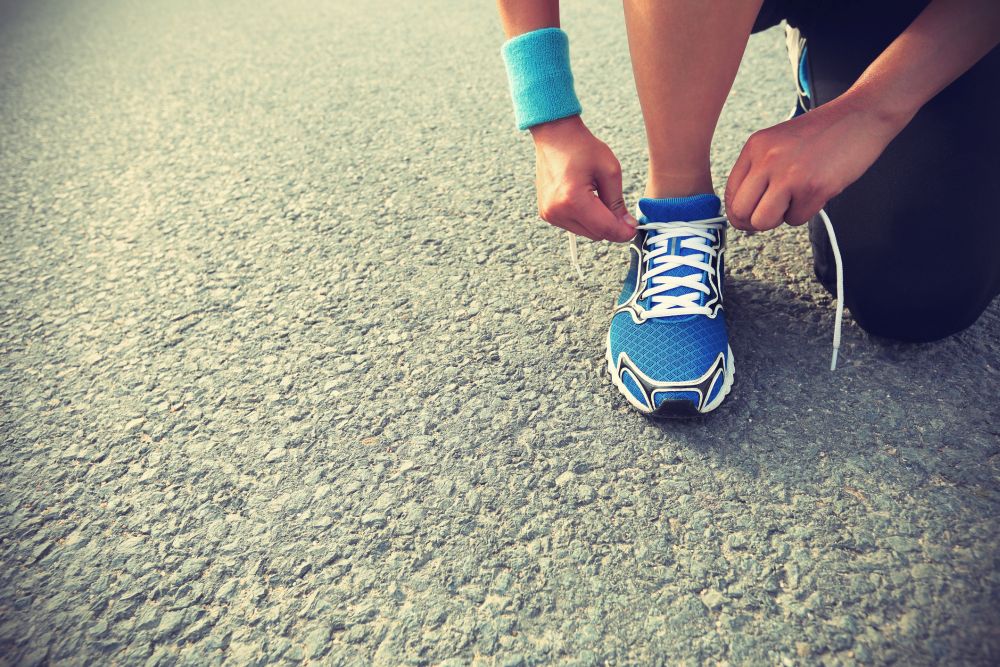4 emergency hacks for race day malfunctions
Sometimes things on race day are beyond your control, but don't freak out—we have you covered

As runners, we settle for nothing but the best. We put our bodies through months of training for a few hours of hard work and glory. You can prep as much as possible for an upcoming race, but that doesn’t guarantee smooth sailing on race day. Although we tend to plan for the best-case scenario, you should also prepare for the worst.
If you come across any of these race-day malfunctions, here are four hacks to overcome them.
Safety pin broken shoelaces
Most shoelaces are durable, but you never know when the eyelets or laces will give out. If either happens to you on race day, use one of the four safety pins holding up your bib number to create a new eyelet or to reconnect the lace. The safety pin will hold up tougher than you think, keeping your shoes on and race goals intact.
GPS can’t connect? Go old-school
Sometimes it takes a while for GPS watches to pinpoint your location and calibrate with satellites, especially in cities. This might seem like the end of the world while you’re standing at the start line, but don’t panic.
Instead of sticking your wrist in the air while trying to sync up, use the watch’s stopwatch function for the time being (i.e. press start even if it isn’t “ready”), and wait until your watch connects to the satellites.

Most races in this day and age have distance markers at every mile or kilometre, therefore, there isn’t any need to look at pace or distance on your watch.
Chafing during warm-up
Another race day malfunction beyond your control is chafing—it happens to the best of us. Chafing is skin irritation that can occur when clothing rubs against the skin or skin rubs against another part of the body. Exposure to sweat, moisture or an irritating fabric can increase the likelihood of chafing.

You can fight against chafing by taking care of your sensitive areas with products like Vaseline or Body Glide. Some sensitive areas for runners are nipples, inner thighs, groin and armpits. Using these lubricants on areas of high abrasion can prevent irritation on race day. If you can’t find either product, try using a Band-Aid or medical tape to cover the area.
Blister prevention 101
Do not let a blister spoil you from achieving your personal best. If you are racing anything between 10K and the marathon, anticipate getting blisters on your heels, and combat them ahead of time with blister pads or kinesiology tape. It is easier to take preliminary precautions than to suffer later.
Have any stories of race day mishaps? Share your last-minute race hacks with us on social media @CanadianRunning



